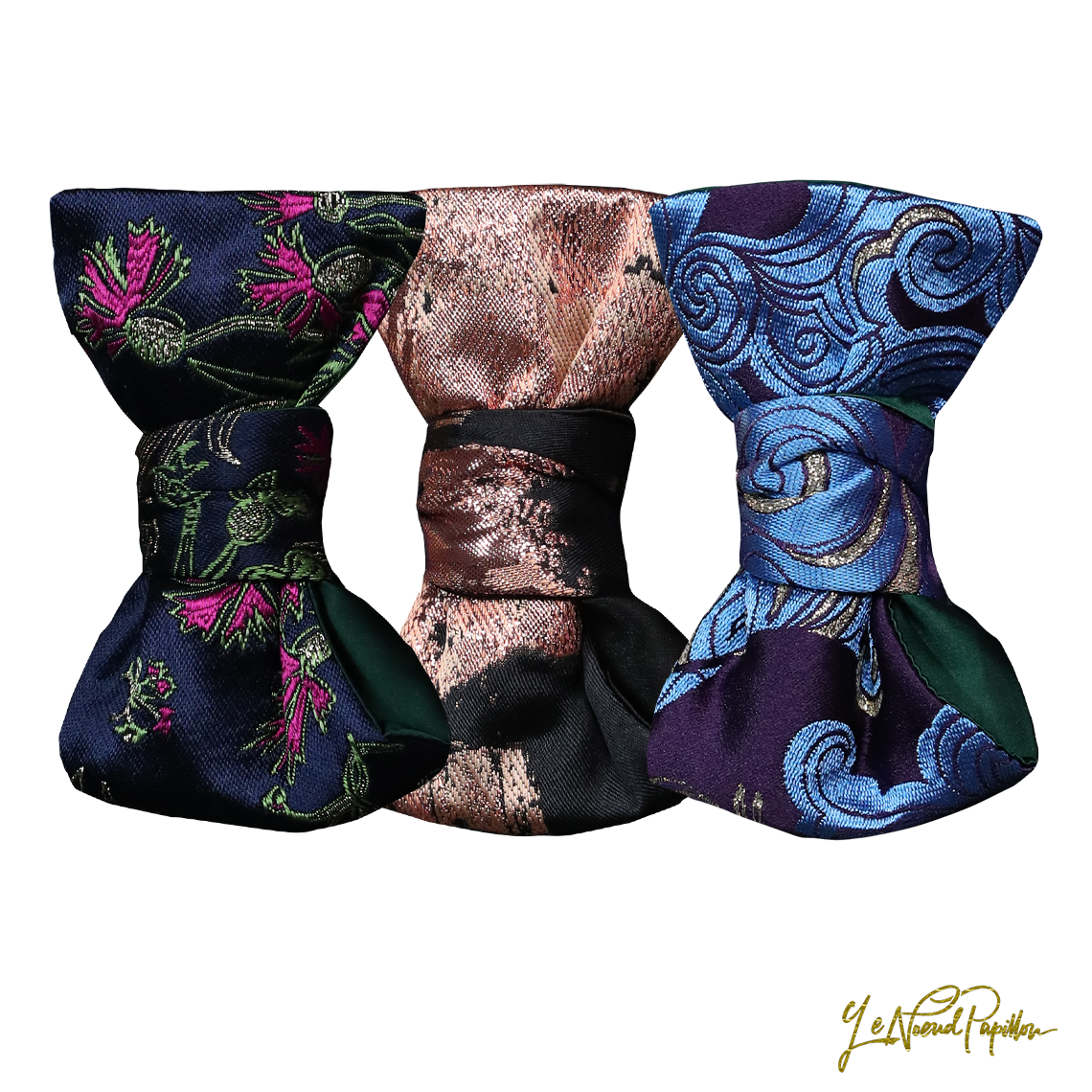Before I begin, I must express that this is my opinion only. Having spent some time now looking at different cloth manufacturers, I would like to express my thoughts about textile manufacturing, not only in Australia but across the globe.
Often these days we are lambasted with images of beautiful people wearing luxurious garments and the images are branded so much so that we rarely ask anymore about the quality of the manufacturing and the textiles used in the garments.
You often struggle to work out when you buy off the rack what the quality of the wool is - the micron (super value) , the length of the fibres, the mix of wools. It is quite often tucked away, and not all the information is available to the consumer. Then, with regards to manufacturing, the consumer is often presented with the cheapest fabrication options such as fusing instead of horsehair canvas, cheaper stitching and finishing techniques etc.
As brands become international and need to pump volume through their distributions channels to improve their bottom line, so they lose control over production and quality. And when the marketing animal comes into play, the cost of presenting the brand across the globe is so expensive that they need to fund this beast with additional profits. Since the price of products is being pushed down further and further by global competition, the brands are unable to extract higher prices from the consumer, so the only way they can do this is by lowering the costs. This could be moving your factory to a place of cheaper labour, using cheaper fabrics or cutting corners on manufacturing methods. This is the reason that when you check the label in most department stores, you will see 'Made in China', 'Made In The Phillipines', 'Made In Turkey' or 'Made In Pakistan'. I am not casting any doubt on the ability of these countries - I have recently heard that countries such as China are now, in some factories, making suits as good as, if not better than, the Europeans.
My concern comes back to my reference to W. H Auden a few weeks back:
W.H Auden
Shouldn't we hope that in the end, what we buy is no different from the valley cheese - made local - rather than an Italian brand image featuring very little that is nowadays Italian.Or buying from an Australian brand which has 90% of its garments made in a factory on the mainland of China. Of course, my argument is totally flawed - and I am the first to see that I use Italian and English wools to cut suits here, or that I import Italian silks and cottons to make my bows and shirts. But that is where I started getting upset - when I realised that the Australian government had never fostered a value adding service to the wonderful wool and cotton that we already produce.
It is economically prudent to not follow any of my advice, but I believe in trying to keep things local - so that Swiss chocolate is Swiss and an Australian Akubra is made in Australia. And in buying brands that use the real thing - rather than something that is 'almost the same, they won't know the difference, but half the price'.
Thankfully, some brands, like the ones below, still use great cloth to create their garments.



No comments:
Post a Comment